Dry-cell batteries, commonly used in watches, TV remotes, and microphones, are an integral part of our daily lives. While recycling old batteries is a common practice for many, it can pose unseen dangers. Let’s delve into this issue and explore safer alternatives.
1. Hazards of Improper Battery Recycling
Fire and Explosion Risks
Some people attempt to recharge batteries by exposing them to sunlight or squeezing them. However, these practices are extremely dangerous and can lead to fires and explosions.
Batteries should be stored in a cool, dry place at room temperature. Exposing batteries to direct sunlight can cause them to overheat, increasing the risk of fire or explosion.
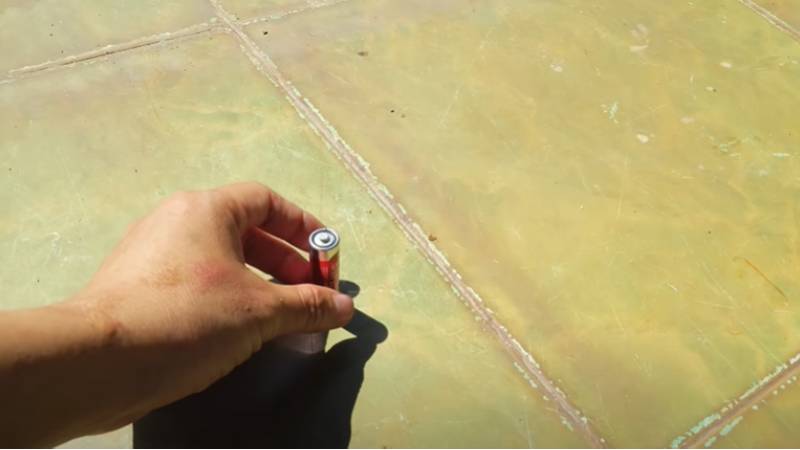 Fire and explosion risks when exposing batteries to sunlight
Fire and explosion risks when exposing batteries to sunlight
Damage to Electronic Devices
Using old or recycled batteries that are not in optimal condition can cause damage and corrosion to your electronic devices. It is advisable to use new batteries instead of risking damage to your valuable devices.
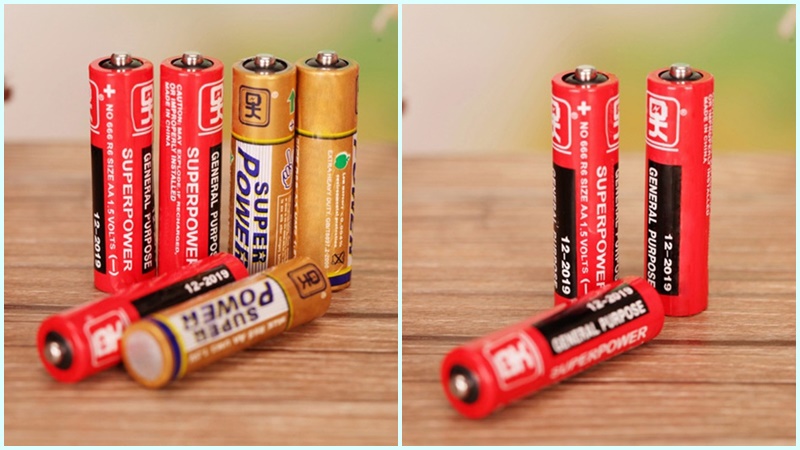 Damage to electronic devices due to old or recycled batteries
Damage to electronic devices due to old or recycled batteries
2. How to Differentiate Between New and Used Batteries
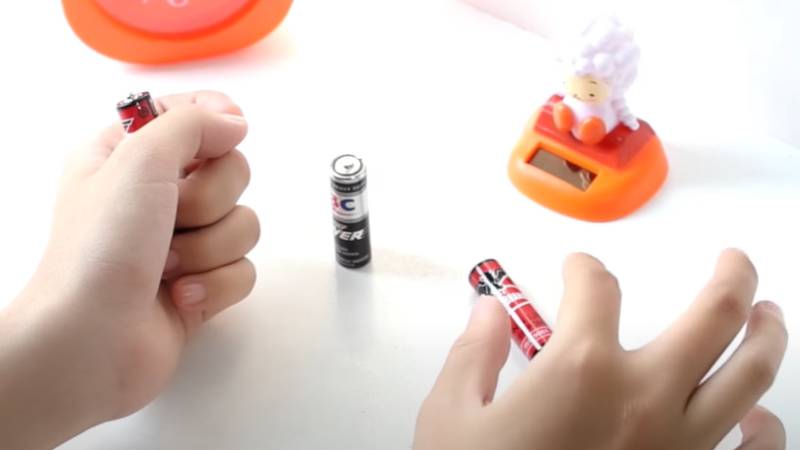 New batteries will drop and rest gently on a surface without bouncing
New batteries will drop and rest gently on a surface without bouncing
Here’s a simple test to determine if a battery is new or used: Hold the battery about 7-10 cm above a table and gently drop it. If it drops and rests gently on the surface without bouncing, it’s a new battery. On the other hand, if it bounces slightly before coming to rest, it’s an indication that the battery is used and has lost some of its energy.
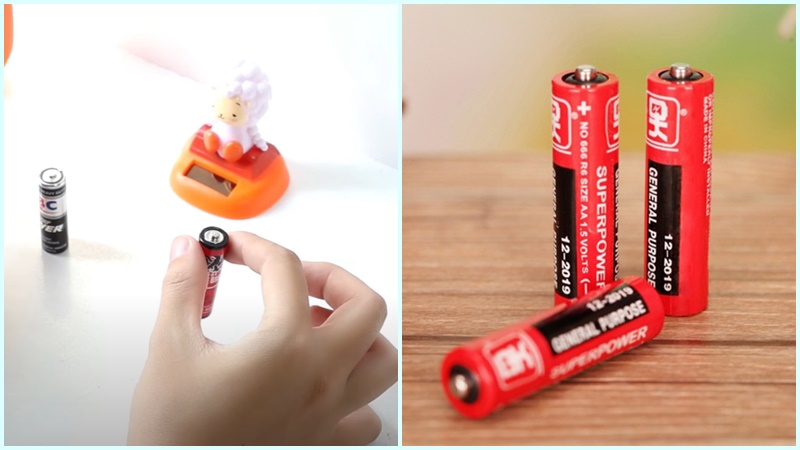 Used batteries may bounce slightly before coming to rest
Used batteries may bounce slightly before coming to rest
This phenomenon occurs because the zinc metal core inside new batteries is solid and uniform, causing them to drop straight down. In contrast, the zinc core in used batteries has partially converted into zinc oxide during use, making it hollow. As a result, the used battery behaves like a spring and bounces slightly before settling.
3. Precautions When Using Dry-Cell Batteries
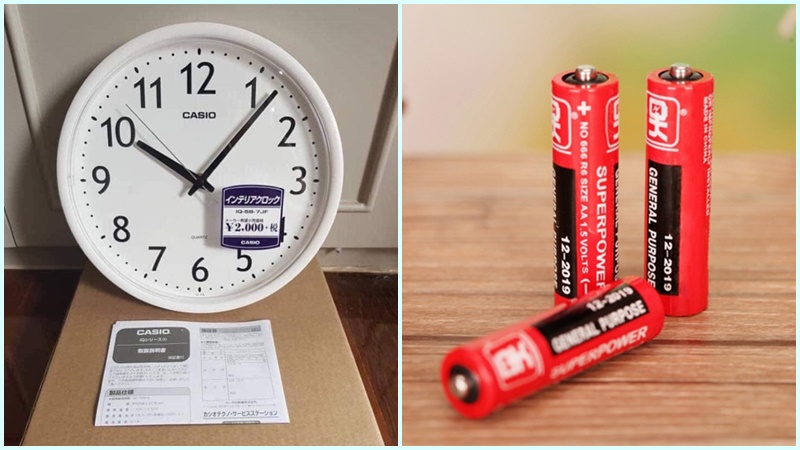 Precautions when using dry-cell batteries
Precautions when using dry-cell batteries
Always remove batteries from devices when they are not in use. This practice helps protect both the batteries and the devices. Leaving batteries in devices for extended periods can lead to oxidation, causing corrosion and damage to both the batteries and the devices.
If your device requires multiple batteries, replace all of them at once instead of just one. Using batteries with different charge levels can cause uneven voltage distribution, leading to device malfunction and reduced battery lifespan.
 Store new batteries in a dry place, away from chemicals and water
Store new batteries in a dry place, away from chemicals and water
Store new batteries in a dry place, away from chemicals and water. Properly dispose of used batteries at designated collection points or recycling centers to prevent fire hazards.
4. Frequently Asked Questions About Battery Recycling
Why is Battery Recycling Necessary?
Battery recycling is essential because batteries contain toxic substances such as mercury, cadmium, and lead, which can be harmful to both the environment and human health. Improper disposal of batteries can lead to soil and groundwater contamination, affecting the well-being of people and aquatic life.
What Types of Batteries Can Be Recycled?
All household batteries can be recycled, including those from computers, mobile phones, and power tools. Car batteries, on the other hand, require specialized recycling and should be taken to designated collection points.
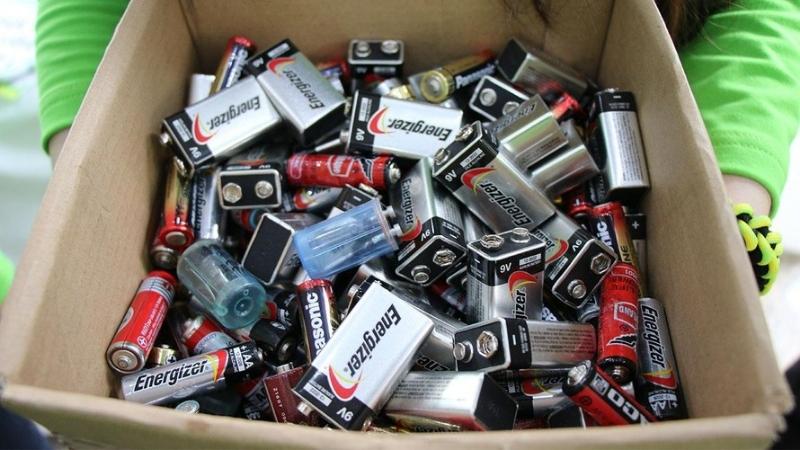 All household batteries can be recycled
All household batteries can be recycled
How to Properly Dispose of and Recycle Used Batteries?
Instead of throwing away single-use batteries, participate in local battery and hazardous waste collection programs. You can also take your used batteries to battery retailers, recycling centers, or designated collection points.
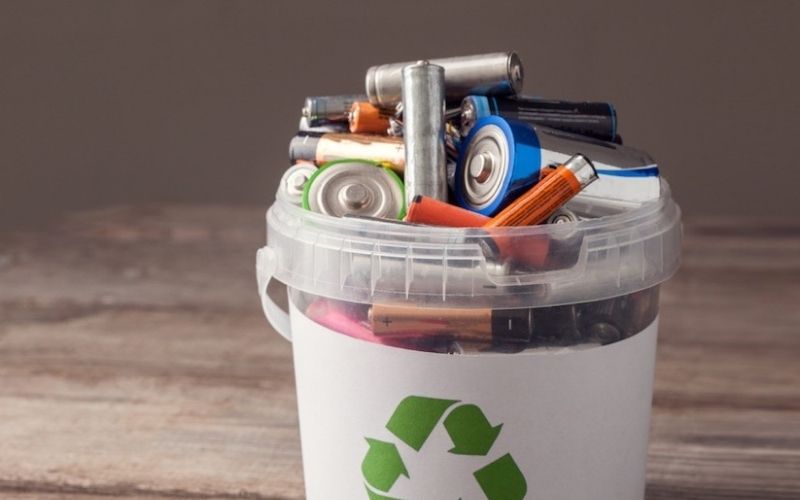 Designated collection points for used batteries
Designated collection points for used batteries
VNTC’s battery collection points in Ho Chi Minh City:
- UBND Phường 9, Quận 3 (82 Bà Huyện Thanh Quan, P.9, Q.3)
- UBND Phường 15, Quận 4 (132 Tôn Thất Thuyết, P.15, Q.4)
- UBND Phường 17, Quận Phú Nhuận (22 Nguyễn Văn Trỗi, P.17, Q.Phú Nhuận)
- UBND Phường 2, Quận Bình Thạnh (14 Phan Bội Châu, P.2, Q.Bình Thạnh)
- MM Mega Market An Phú (Khu B, KĐT mới An Phú-An Khánh, P.An Phú, Q.2)
- Nhà Văn hóa phường Nghĩa Tân, Quận Cầu Giấy (45 Nghĩa Tân, P.Nghĩa Tân, Q.Cầu Giấy)
- UBND phường Tràng Tiền, Quận Hoàn Kiếm (02 Cổ Tân, P. Tràng Tiền, Q. Hoàn Kiếm)
- UBND phường Quán Thánh, Quận Ba Đình (12-14 Phan Đình Phùng, P.Quán Thánh, Q. Ba Đình)
- UBND phường Thành Công, Quận Ba Đình (09 Thành Công, P.Thành Công, Q.Ba Đình)
- Chi Cục Bảo Vệ Môi Trường Hà Nội (17 Trung Yên 3, Phường Trung Hòa, Q.Cầu Giấy)
This article has highlighted the dangers of improper battery recycling and provided insights into responsible battery disposal. We hope you found this information useful.






























